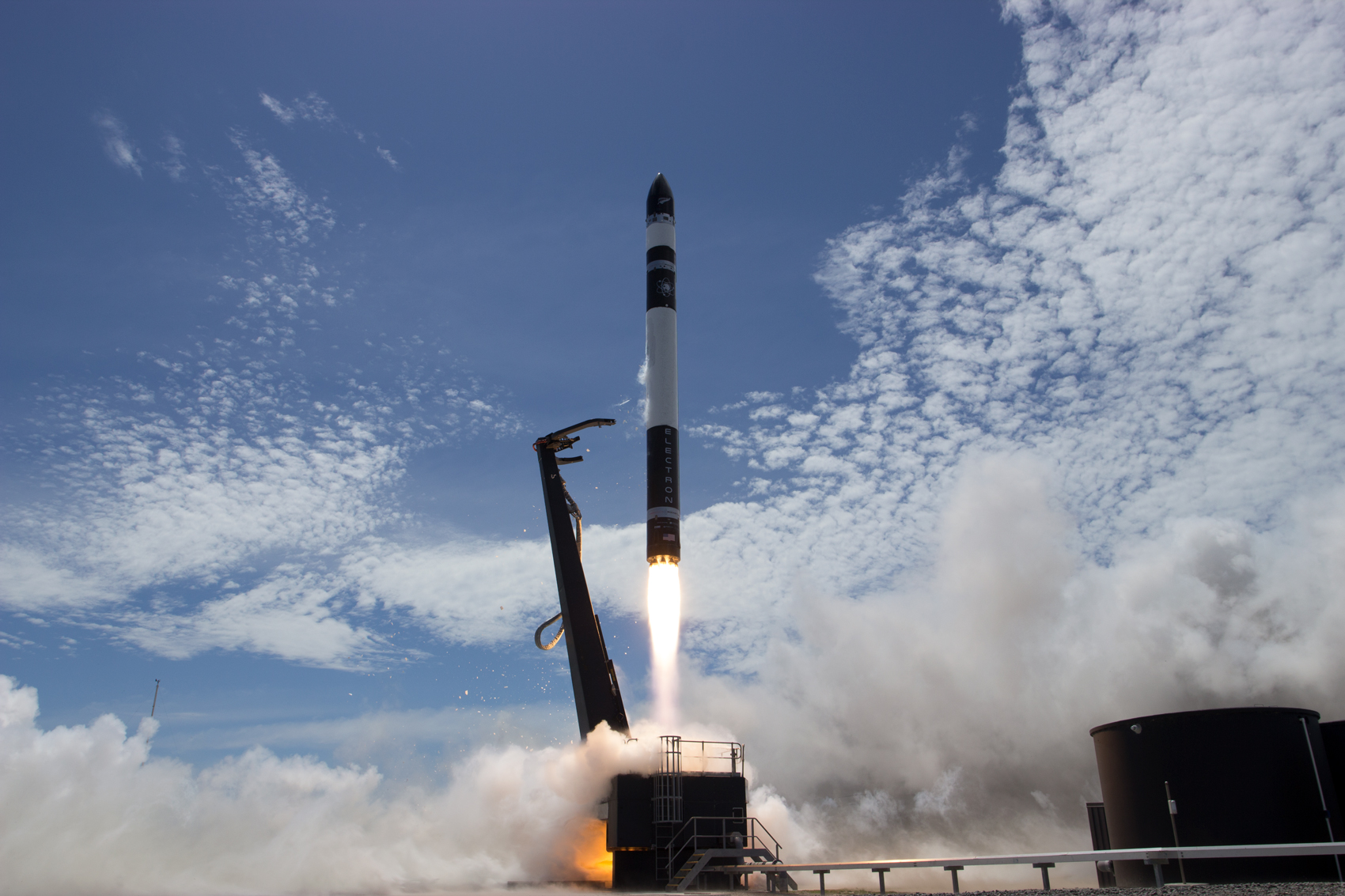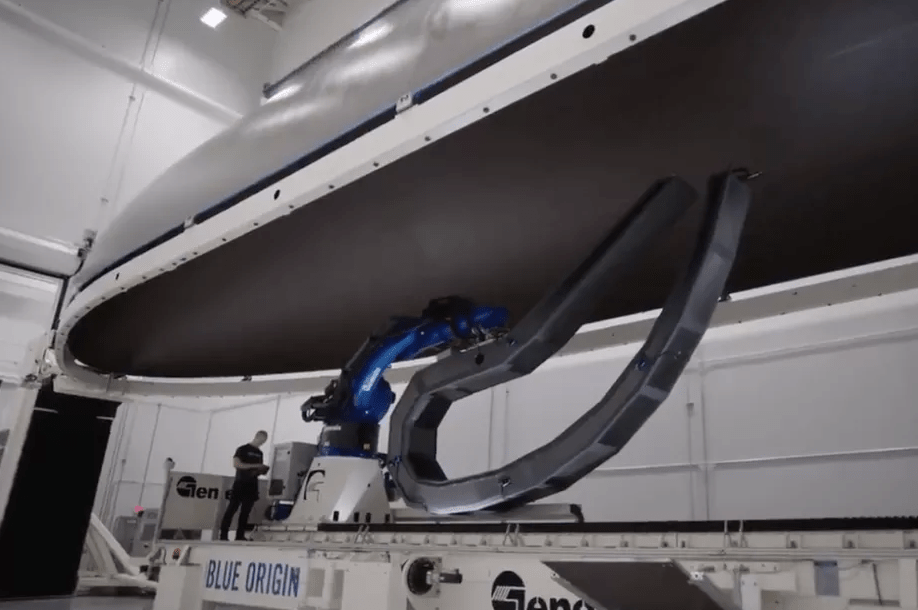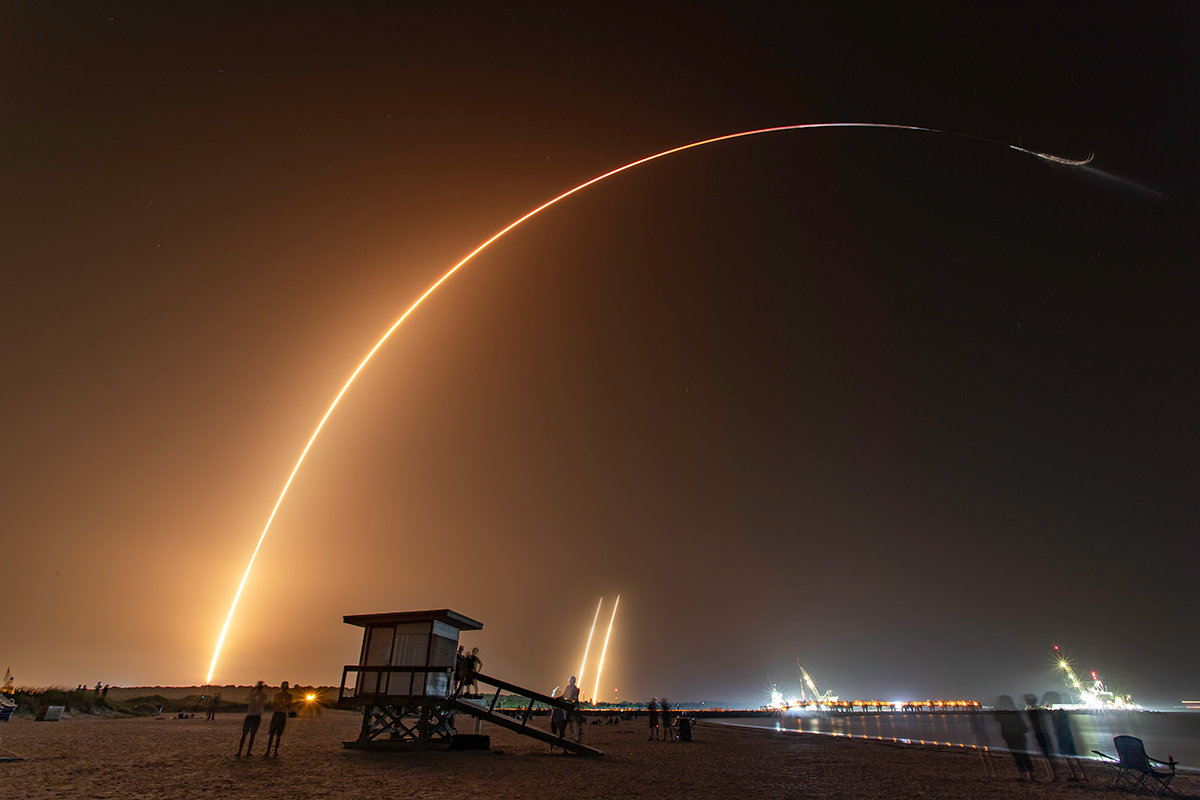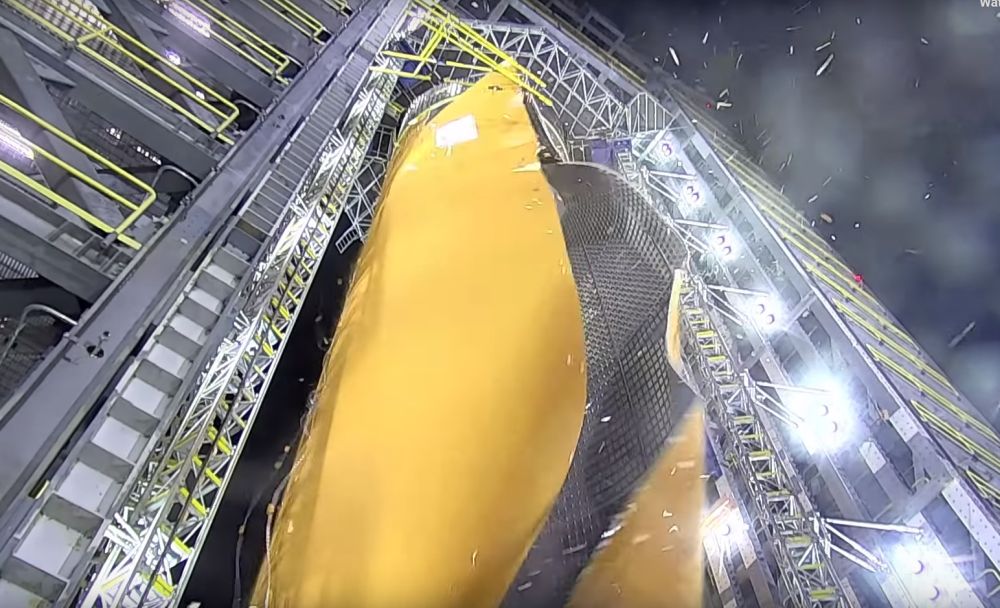In the summer of 2017, the company Rocket Lab officially tossed its hat into the commercial aerospace (aka. NewSpace) ring with the first test flights of their two-stage Electron Rocket. Dedicated to providing cost-effective launch services for the small satellite market, the company began conducting commercial launches from their complexes in New Zealand and California using the lightweight Electron.
Looking to cut the costs associated with individual launches further, Rocket Lab has decided to pursue reusability as well. In early March, before the isolation orders were issued, the company achieved a major milestone when it conducted a successful mid-air recovery of the test stage of an Electron Rocket – which involved a helicopter catching the test stage after its parachute deployed.
Continue reading “Rocket Lab was Able to Catch Falling Inert Rocket Stage With a Helicopter, Continuing Their Path to Reusability”




